Good, high-quality backlinks can increase your website's visibility in search engines. They are also good for branding and a strong sign that your content resonates with your audience. Creating linkable assets is one of the most effective ways to get those precious backlinks.
Before we get into the examples, let's see what a linkable asset is and how it can benefit your SEO efforts.
What Is a Linkable Asset?
A linkable asset is content on your website that naturally attracts links from other websites because they find the content valuable and helpful for their users.
For example, our post on the Top Search Engines has received hundreds of links from high-authority websites, including Forbes, Wikipedia, Adobe, and many others.
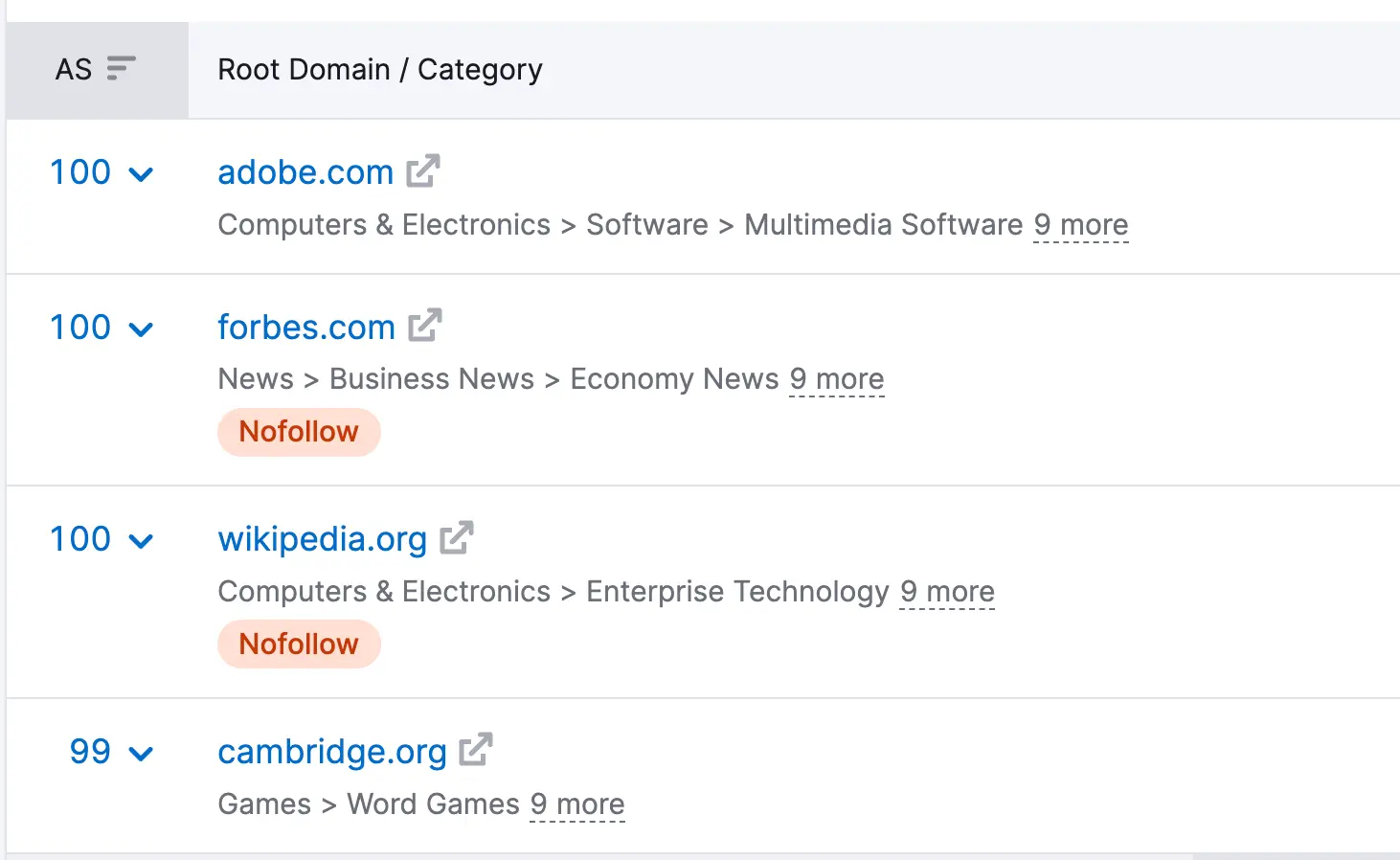
The article became a link magnet soon after it was published because, at the time, no other posts presented the most popular search engines and their market share in a simple way. Webmasters find the information useful for their users, and they link to their content.
I've added the particular example to show you that a linkable asset can take different forms. It's not only long-form content or nice visuals that are important; as we'll see below, the information presented in the content is more important than the type.
Benefits of Linkable Assets
Having linkable content on your website is not just about backlinks. There are other benefits, including:
Improve Your SEO Efforts
According to Google, links are no longer among the top 3 ranking factors but are still important and cannot be ignored. The problem for webmasters is not getting links but acquiring high-quality backlinks from reputable websites that can make a difference in SEO.
By creating valuable and linkable content, other sites naturally want to link to it, which signals to search engines that your site is a credible source of information and positively impacts your SEO efforts.
Increase Domain Authority
Websites with a high domain authority can achieve higher rankings more easily and quickly than websites with a low domain authority.
To increase your domain authority, you need a lot of good links from high-authority websites, and consistently publishing link magnets can increase your domain authority over time.
Brand Awareness and Recognition
Creating linkable assets helps establish your brand as an authority in your industry. When you produce high-quality, informative content, you position yourself as a thought leader, which builds trust with your audience and encourages them to return to your site for more information.
Traffic Gains
Besides links and mentions, link assets can potentially rank high in search engines, driving organic traffic to your website. They are also likely to attract social media shares, which increases their visibility even more.
Most Common Types of Linkable Assets
As you'll see in the examples below, linkable assets can have different forms. What works today are the following types:
- Studies and Research: Original studies and research papers, like reports on the latest AI trends, provide unique insights that others will reference and link to in their content.
- Free Online Tools: Useful tools like calculators or our Free AI Text Generator Tools encourage users to link back to your site.
- Free Resources: Free courses, ebooks, and other resources can easily get links from other websites.
- Best-of Lists: Curated lists like "Top 10 SEO Certifications" are popular because they provide valuable information all in one place.
- Statistics: Compiling industry-specific statistics, such as social media usage data, gives other content creators valuable data to cite.
- Templates: Ready-to-use templates for things like content calendars or email marketing can be extremely helpful, leading to backlinks.
- Checklists: Comprehensive checklists, such as an SEO audit checklist, provide step-by-step guidance and are often bookmarked and shared by users.
10 Examples of Linkable Assets
Let's see some examples of the most popular linkable assets you can create today to make a difference in your SEO efforts.
1. Online Tools
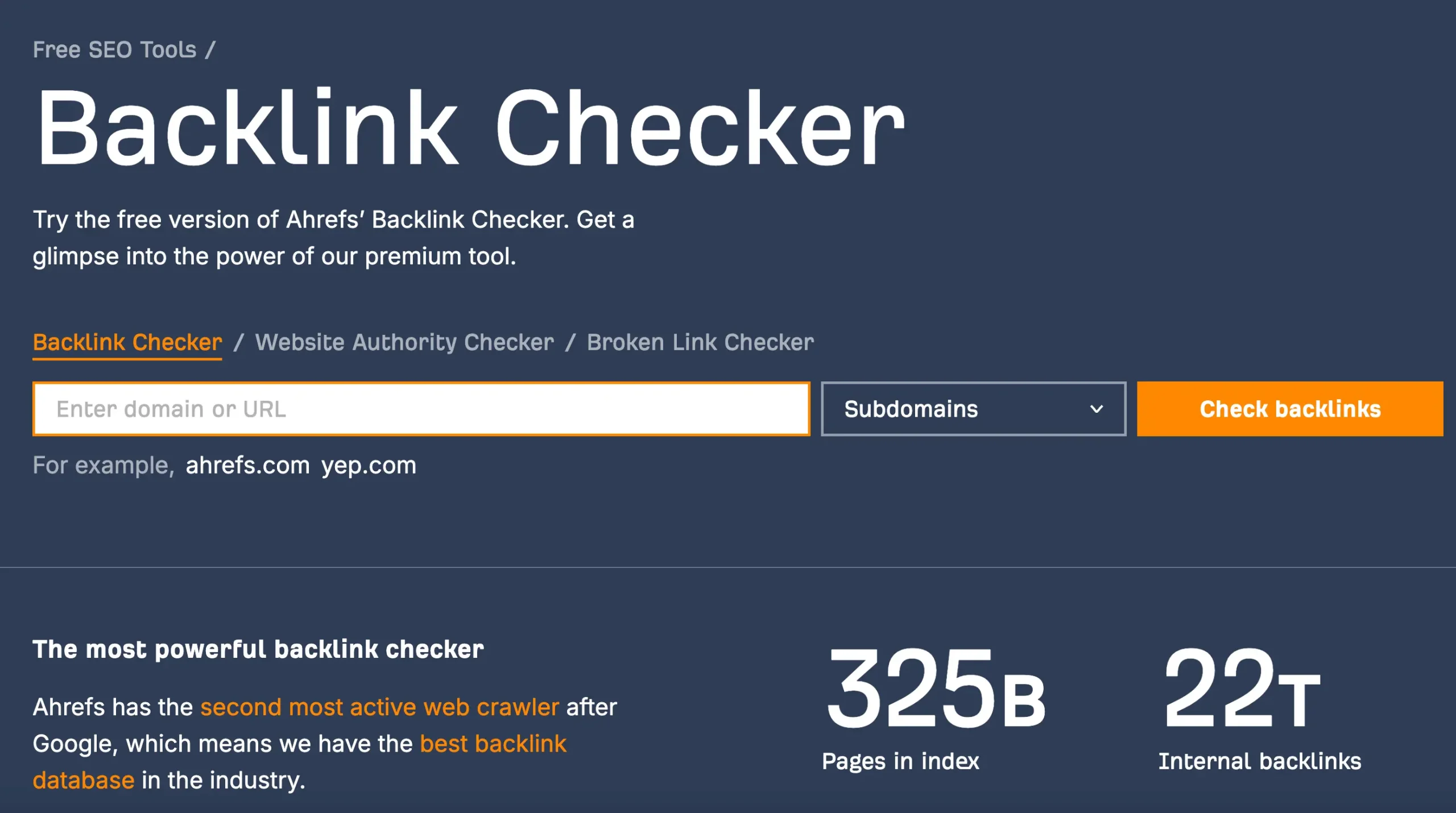
The Ahrefs Backlink Checker is one of the many free tools offered by the company, which ranks at the top of Google and generates traffic and backlinks. According to Semrush data, it has 1.2M backlinks from 6.5K unique domains.
The success of this tool as a link magnet is related to the website's main offering. Ahrefs is an SEO tool and a backlink checker that perfectly fits their content and audience.
Another reason is that they offer many free tools, which is also a factor in SEO. The Ahrefs team did a great job optimizing the page's on-page SEO aspects.
So, if you want to use free tools to attract links, follow these simple rules:
- Develop tools your audience will love to use.
- Group your tools to form topic clusters.
- Optimize your tool pages for SEO.
- Promote them within your main content (blog)
- Use other off-page SEO techniques to get the attention of other webmasters.
2. Free Resources
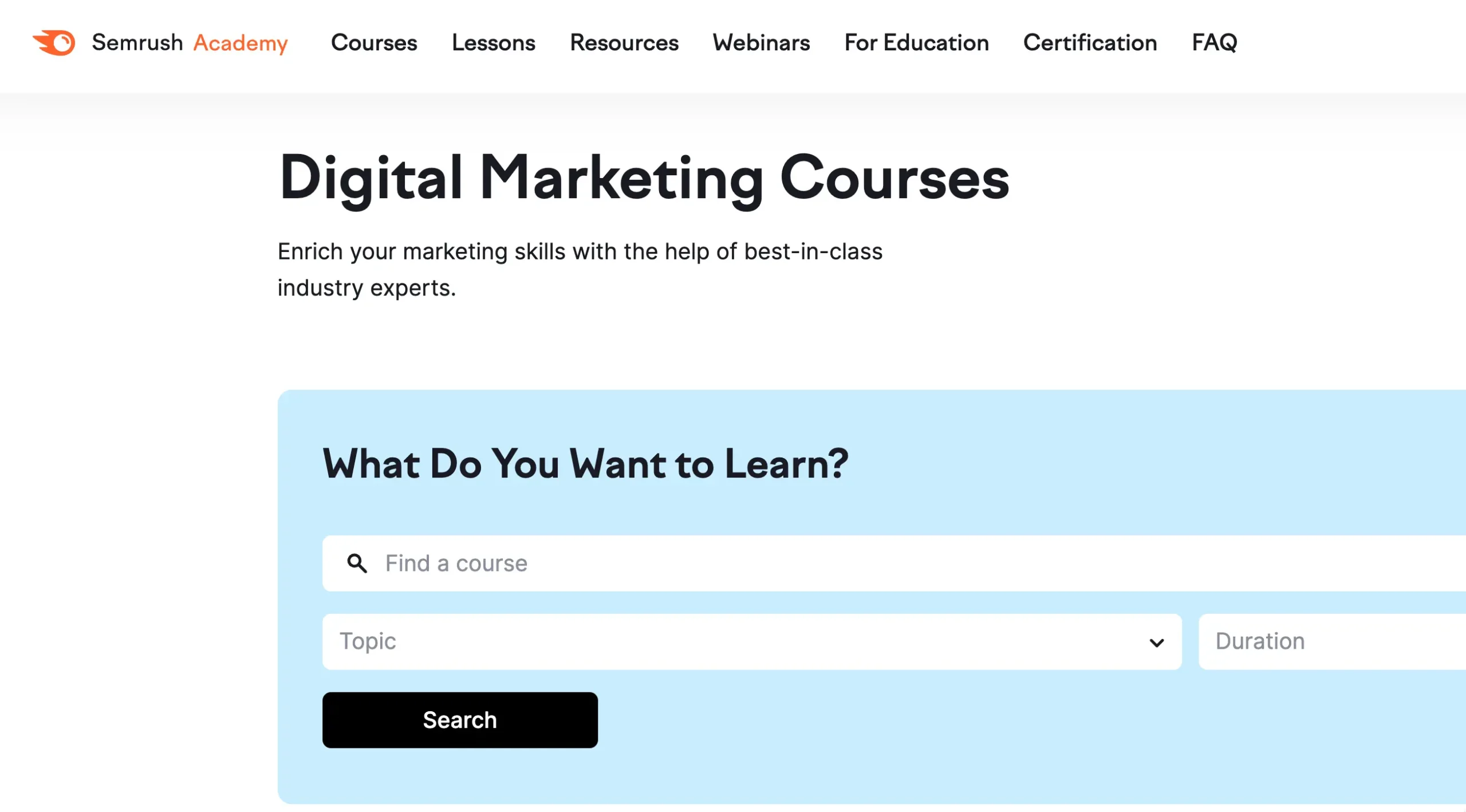
Free resources like courses are popular ways to get backlinks and mentions from other websites, and this is exactly what Semrush Academy did with its free online courses.
If you check with a backlink tool, you'll see that the academy and individual course pages have thousands of incoming links and rank on Google for many related terms.
What made the Semrush Academy a linkable asset are:
- The quality of the courses. Although free, the content quality is good, and the instructors are reputable.
- Quantity. They offer many free courses organized by subject.
- Promotion. They promote their courses through the blog, newsletter, and social media.
So, if you want to use free courses (or other helpful resources) for link building, create something high-quality that can offer real value to your audience.
3. Statistics
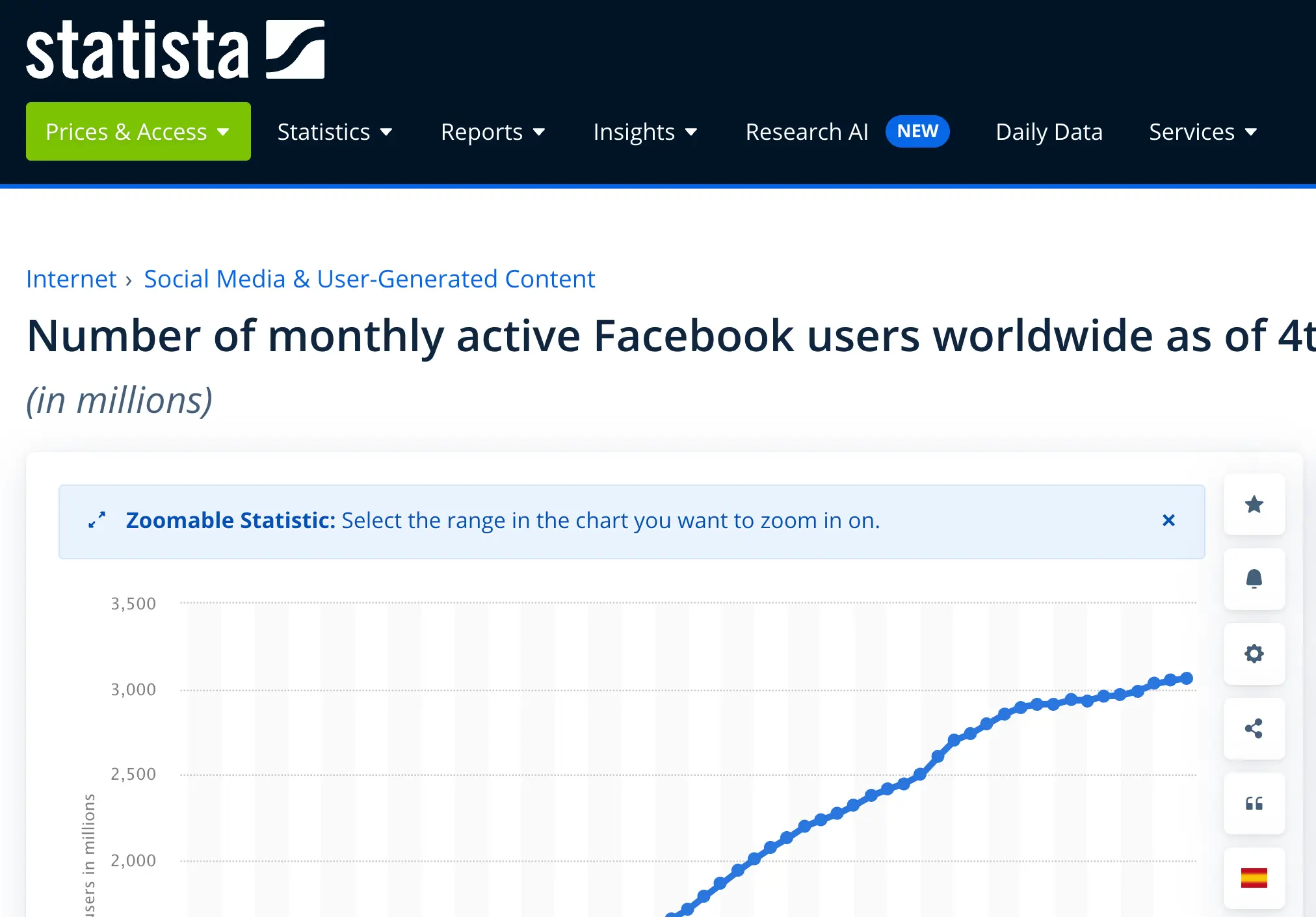
Statista is one of the best-known websites for original statistics and research data. It's no wonder it has millions of backlinks from all over the web.
As a small website owner, you don't have to become a statistics company; instead, you can concentrate on creating relevant statistics for your niche. Here is an example of what we did with Facebook statistics to give you an idea of how to structure your page and organize the data.
The challenge with creating statistics is having a plan to constantly update the data. Nobody wants to read 'old' statistics, so update your pages regularly to stay relevant and accurate.
4. Research Data
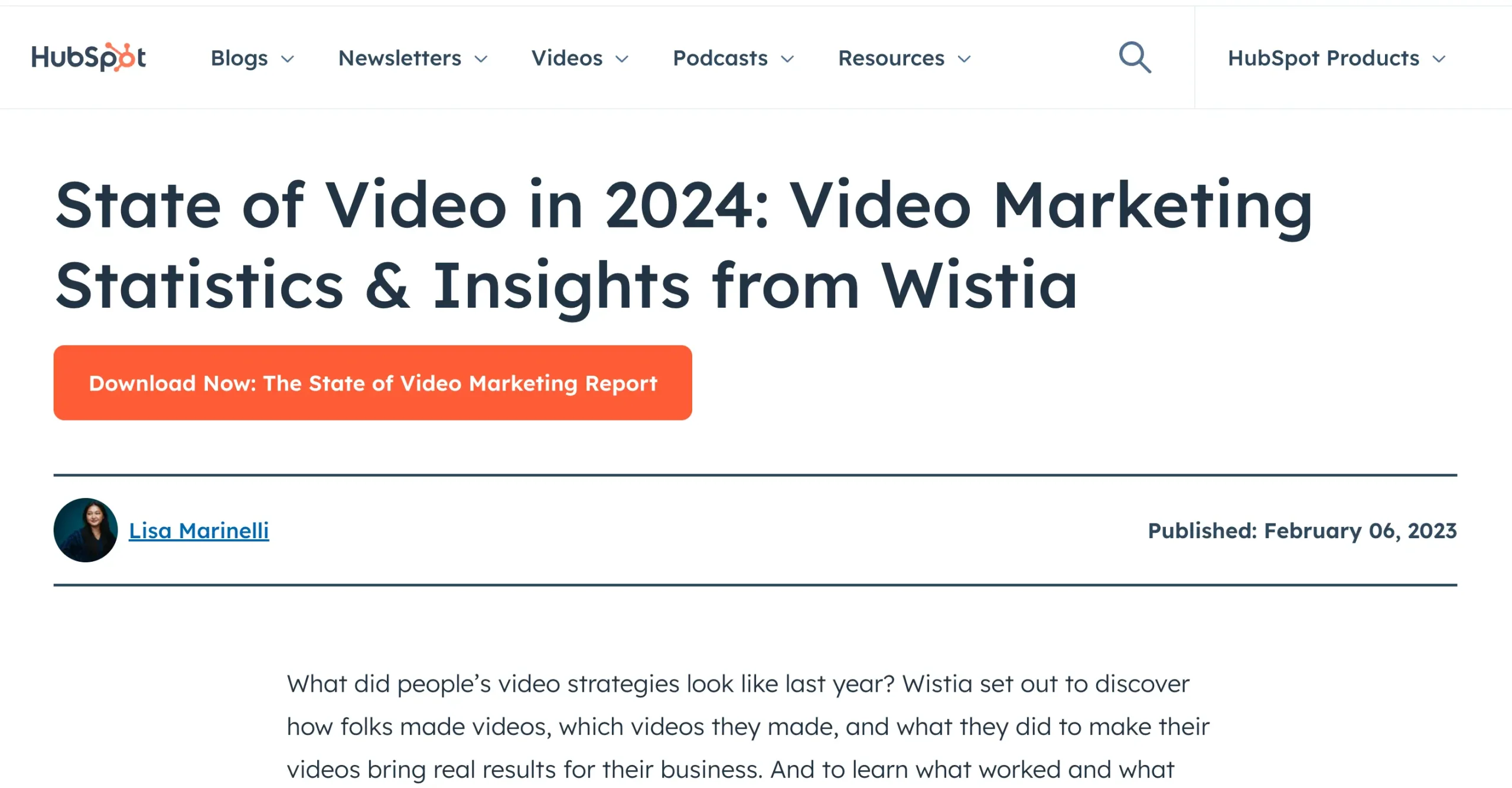
An example of link-worthy content is original research data, such as this report from HubSpot. According to Semrush data, it has more than 25,000 backlinks.
Research data and studies get many links because they help content writers make their copy more trustworthy. For example, if I say that "50% of businesses spend more on Video marketing than other media," I have to link to the study's source to verify my claims.
To use this technique to get links to your website, use a keyword research tool to find topics related to research or studies that your audience might be interested in. Create your study and heavily promote it on social media using paid ads to get it in front of people who might be interested. This will increase your chances of getting links and traction for your hard work.
5. Listicles
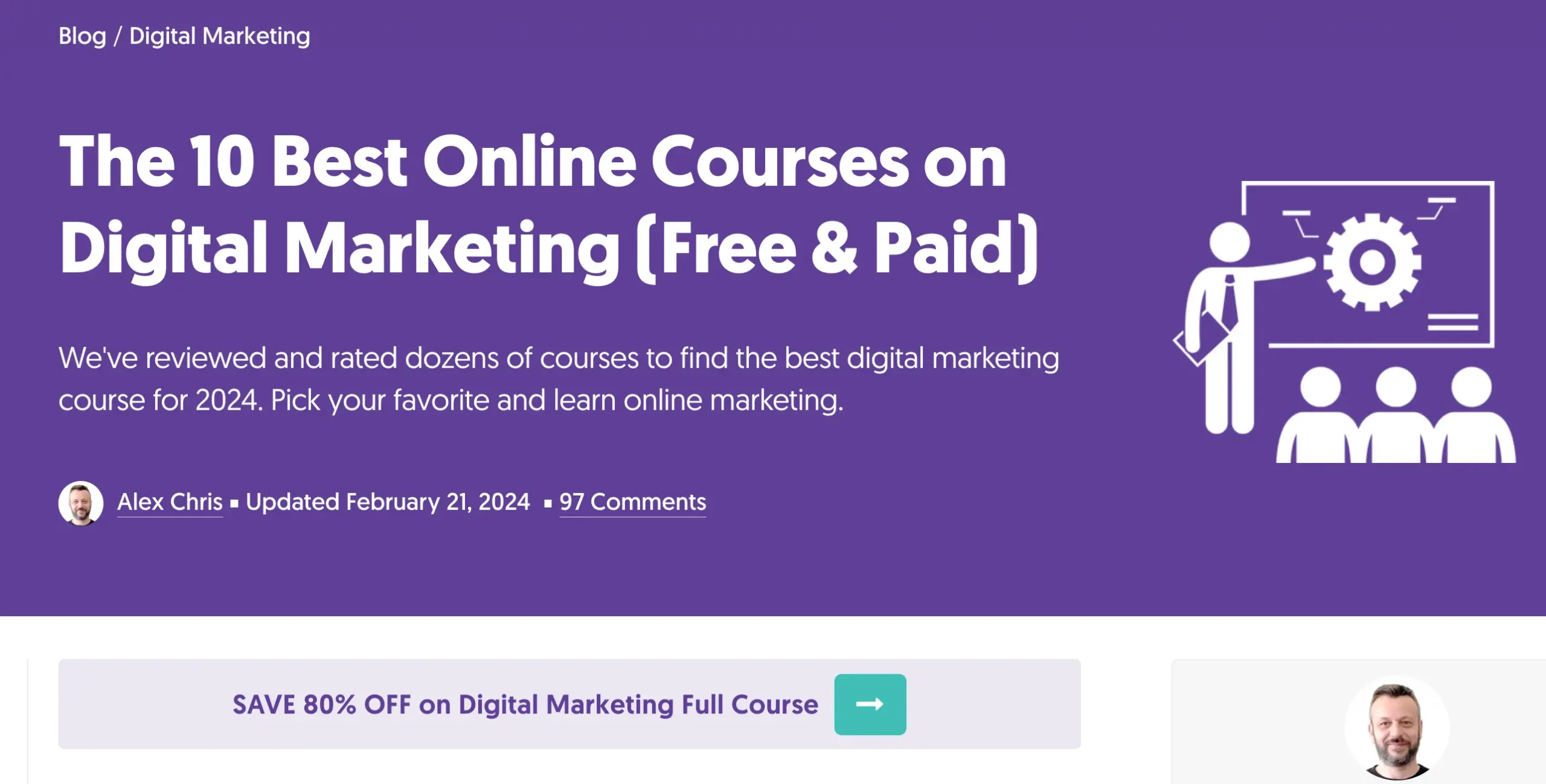
Listicles or best-of articles like our 10 Best Digital Marketing Courses are great link magnets. They will likely attract links from the brands/products mentioned in the list and webmasters who talk about them.
The big challenge with listicles is to get show up on the first page of Google so that they can attention and more links.
You need to ensure your list is comprehensive and well-researched. To build trust and credibility, demonstrate firsthand experience with the products or services you include in your list.
This enhances the quality of your content and aligns with Google’s E-E-A-T (Experience, Expertise, Authoritativeness, and Trustworthiness) guidelines, which can improve your search rankings.
As in the case of other linkable assets, your listicles must be highly relevant to your target audience.
6. Evergreen Content
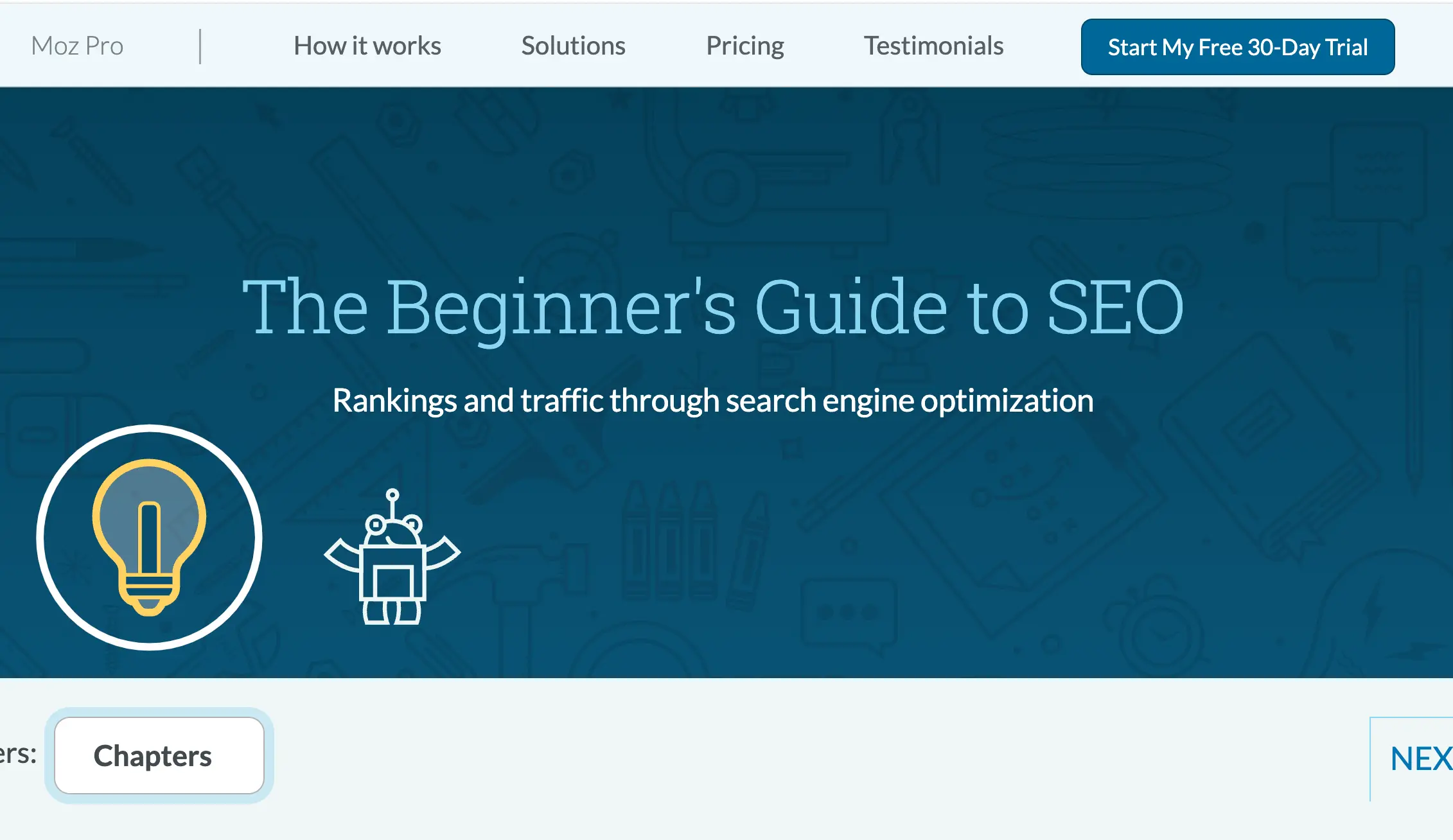
Another type of linkable asset that traditionally performs great is evergreen content. In SEO, evergreen content is always relevant regardless of the period.
For example, the Beginners Guide to SEO by MOZ was published several years ago, but it's still relevant today.
Unsurprisingly, it has received more than 260,000 links from over 21,000 unique domains.
When creating evergreen content assets, ensure you target keywords with a substantial monthly search volume and update the content frequently to remain relevant months or years after publication.
7. Checklists
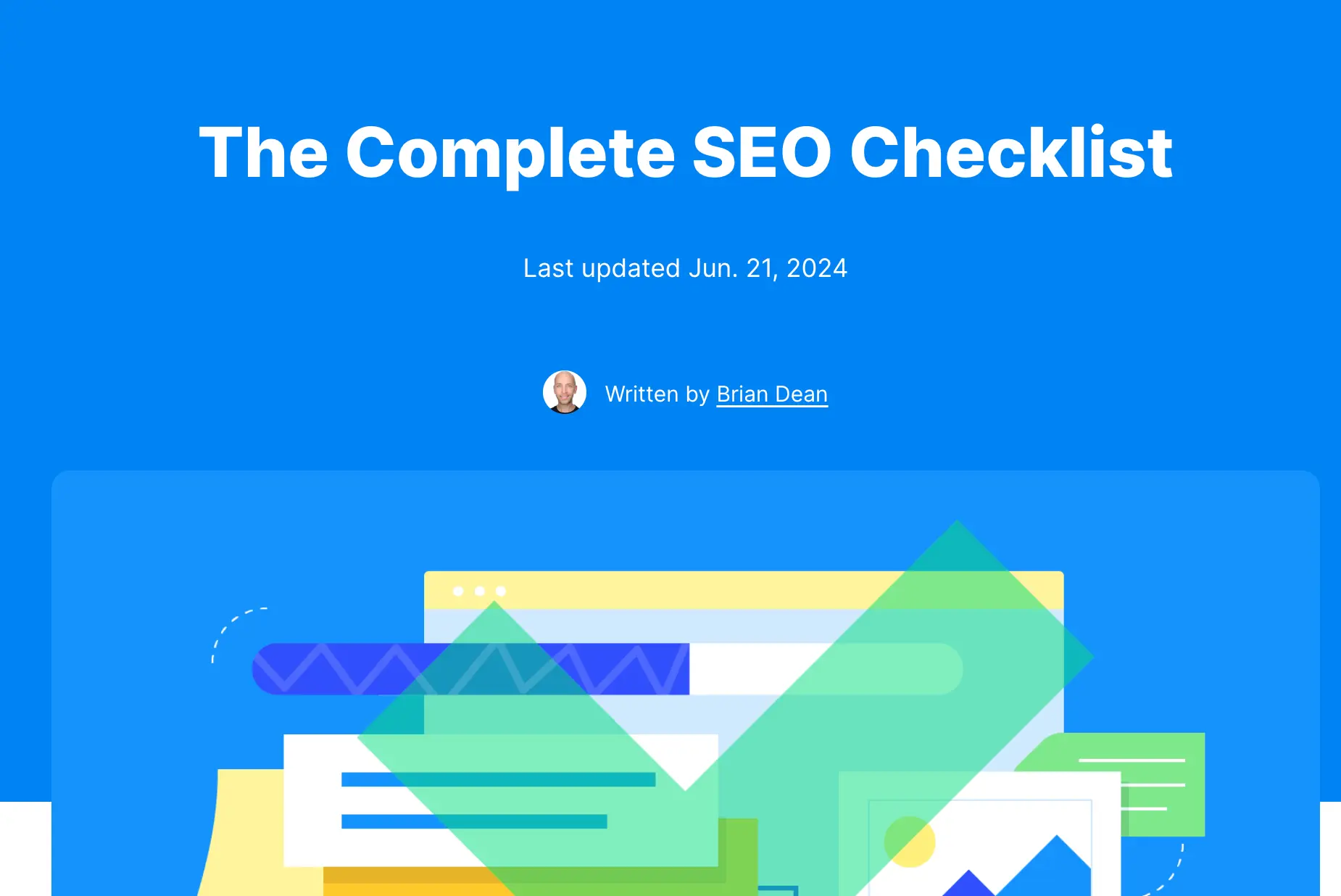
People love checklists. It's one of the post types that gets social media shares and backlinks. A good example of a well-formatted checklist is the SEO Checklist by Backlinko.
The list is comprehensive, with many images and videos, and has naturally attracted links since it was published.
When creating checklists, search Google to see what’s already ranking well. Analyze these checklists to understand what makes them successful. Then, aim to create a list that is more useful and easier to use.
Ensure your checklist is comprehensive and details all necessary steps or items.
To differentiate your lists from the rest, you can make them downloadable. Offering them as PDFs or interactive documents can increase their value and usability.
8. Ultimate Guides
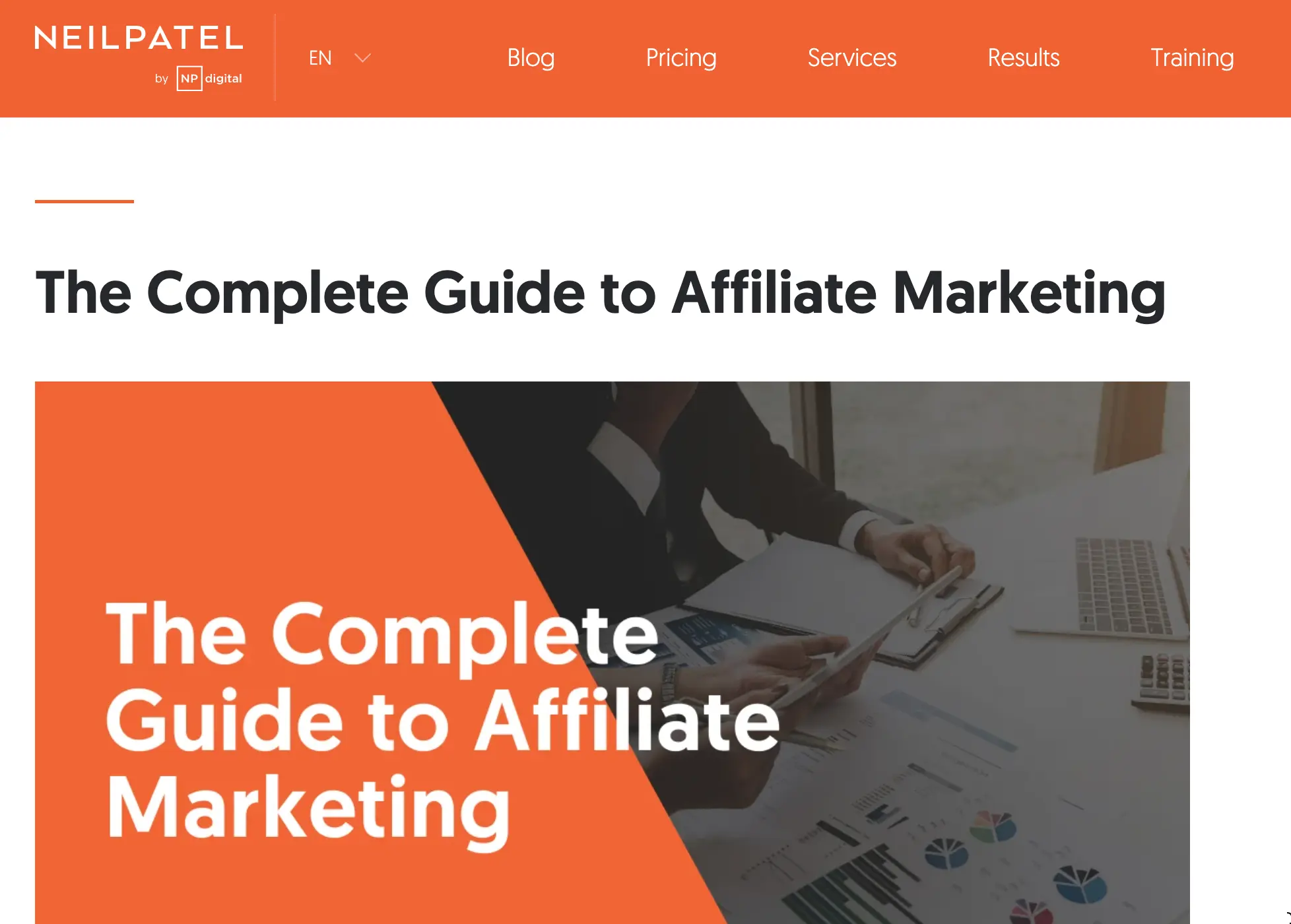
Research has repeatedly shown that long-form human content outperforms other types of content regarding links and social media shares.
For example, Neil Patel's Ultimate Guide to Affiliate Marketing has thousands of links from many websites, including websites with high domain authority.
To create ultimate guides with ranking potential, follow our instructions in these two posts: Creating topic clusters and pillar pages.
9. Ebooks
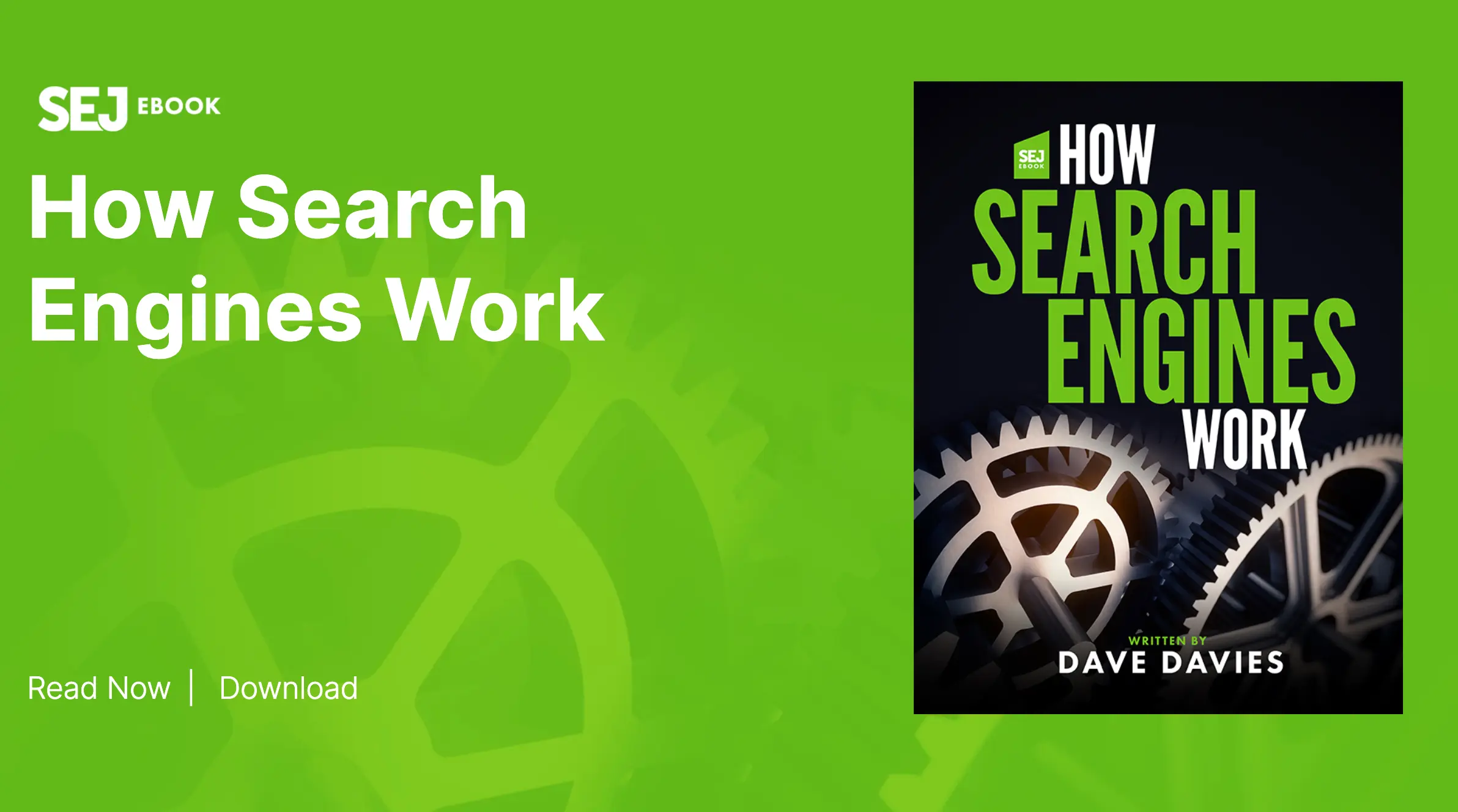
Another effective tactic for getting incoming links from good websites is creating ebooks and other downloadable free resources.
An example is the How Search Engines Work ebook by Search Engine Journal.
Creating ebooks is not hard; you can re-purpose your existing content and convert it into PDFs. Creating an SEO-optimized landing page for your ebook is important so that other webmasters can easily reference it within their content.
10. Case Studies
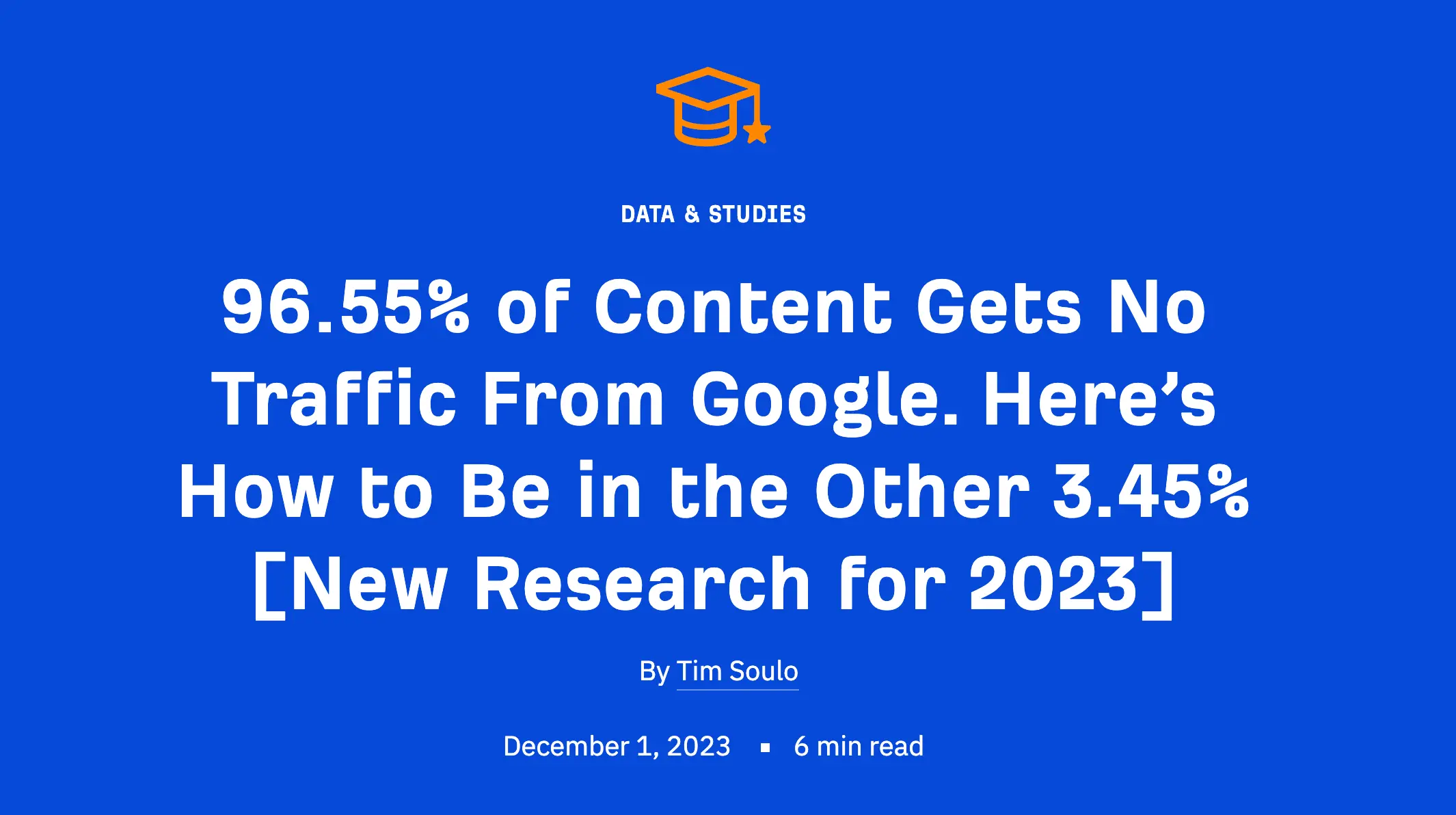
Last but certainly not least, another type of link-worthy content is case studies. An example is this case study by Ahrefs, which has over 3800 links.
When creating case studies, catchy titles are important to grab the attention of others (especially journalists) who might reference them in their publications.
Your title should highlight a key result or insight from the case study to make it compelling (like the example above). This helps your case study stand out and increases the likelihood of it being shared and linked to by others.



